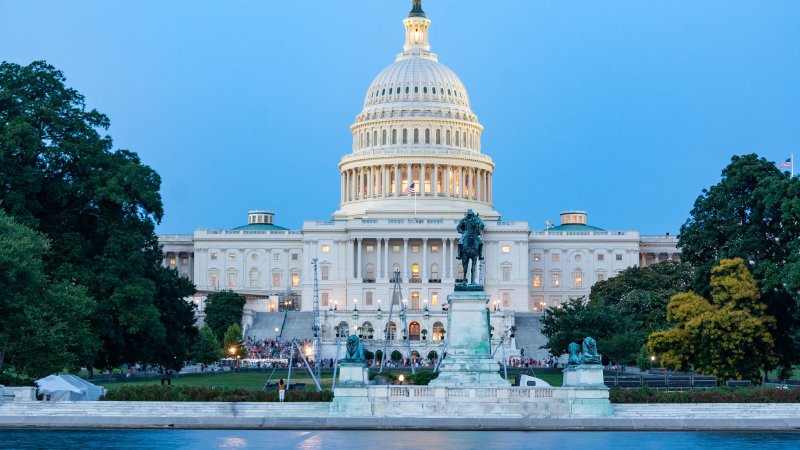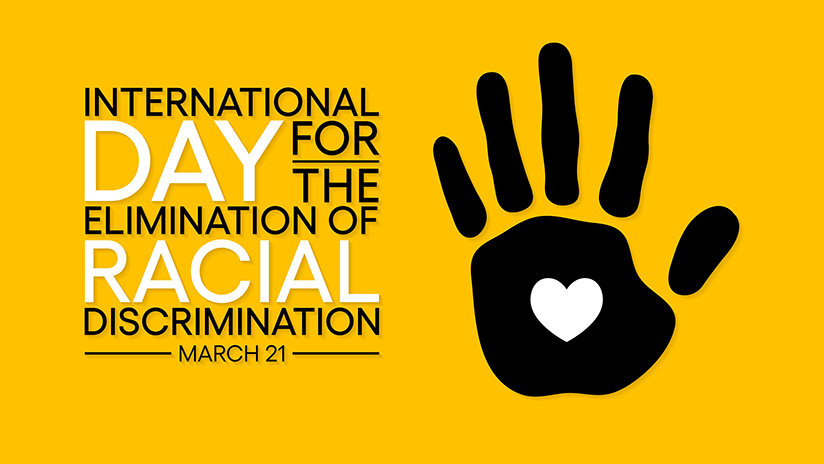
-
HOME
-
WHAT IS STANDOur Mission Our Values Our Help Contact
-
WHAT WE FIGHT FORReligious Freedom Religious Literacy Equality & Human Rights Inclusion & Respect Free Speech Responsible Journalism Corporate Accountability
-
RESOURCESExpert Studies Landmark Decisions White Papers FAQs David Miscavige Religious Freedom Resource Center Freedom of Religion & Human Rights Topic Index Priest-Penitent Privilege Islamophobia
-
HATE MONITORBiased Media Propagandists Hatemongers False Experts Hate Monitor Blog
-
NEWSROOMNews Media Watch Videos Blog
-
TAKE ACTIONCombat Hate & Discrimination Champion Freedom of Religion Demand Accountability
Religious Persecution in South Africa—A History Lesson
It may come as a surprise to many to know that a generation or two back, there were some very real attacks on the Scientology religion in South Africa.
Let me talk about South Africa, where I live. In the 1970s, Freedom magazine (the investigative journal of the Church of Scientology) broke a story about slave labor camps, where black South Africans were picked up off the street for minor infractions of the law (such as not carrying a dompas, or pass book, as was required of all non-whites at the time) and incarcerated in what purported to be psych hospitals run by a company called Smith-Mitchell.

Sounds innocent enough: Smith-Mitchell. Like a firm of lawyers, or accountants. Except Smith-Mitchell was running a network of slave labor camps, paid on a per-capita basis by the apartheid government. This is pretty much how the privatized U.S. prison system is run: you get paid for every convict occupying a cell. Empty prisons make no money. So you can see right away the incentive to incarcerate—and in volume.
That was Smith-Mitchell’s business model in South Africa. Only Smith-Mitchell was going one step further: it was farming out an estimated 11,000 inmates as cheap labor to private companies. The more obstreperous were also being tamed with psych drugs and electroshock “therapy.” In fact, this is how the slave camps came to the attention of Freedom. A naked woman was found running from one of these camps, with uniformed personnel in hot pursuit. What could possibly account for this strange occurrence?
I started speaking to the inmates and asked how they ended up there. One told me he was incarcerated 16 years previously after an argument with his wife. Others couldn’t even remember why they had been locked up in the first place.
Freedom found that blacks were being hoovered up off the streets by apartheid-era police for charges such as “vagrancy” or “disturbing the peace” (which could simply mean being a black person walking down the street in a white suburb). For the very young, let me point out that apartheid (literally “separateness”) was a system which divided the country into racial groups, so that blacks and whites had their own living areas, as well as separate entrances to post offices, toilets, liquor stores and so on. Interracial marriage and sex was also prohibited. It took monumental effort to achieve this level of separation, but they managed it somehow. This system came to an end in about 1994.
Back to Smith-Mitchell. Freedom broke the story of the slave labor camps, prompting an international outcry. The World Health Organization and the United Nations Special Committee Against Apartheid investigated, as did the American Psychiatric Association, each of which slammed Smith-Mitchell for gross human rights abuses. Out of this came a Charter of Patients’ Rights, requiring informed consent and the right to refuse treatment.

I know whereof I speak because I was an investigative reporter in the 1980s. I wandered into one of these camps in Randfontein, outside Johannesburg. These were supposed to be secure facilities, but the day I showed up, it just so happened there was no one to stop me, so I walked right on in. I started speaking to the inmates and asked how they ended up there. One told me he was incarcerated 16 years previously after an argument with his wife. Others couldn’t even remember why they had been locked up in the first place. Many looked spaced-out and haunted.
It was heartbreaking stuff, particularly because many of the inmates asked if I could help get them released.
Connie Mulder, onetime censor-in-chief for the apartheid government, was found to have served as a director of two of these camps in the 1960s. He was also at the center of what became known as the “Muldergate scandal” in which public funds were diverted to set up a government propaganda newspaper called The Citizen. All sorts of grubby individuals were feasting off these slave camps.
Freedom magazine’s exposés created such embarrassment for the apartheid government, that Freedom was banned outright in South Africa. It was effectively silenced. It could no longer report on apartheid atrocities, and the government went so far as to pass a law prohibiting anyone from photographing psychiatric facilities (that prohibition no longer applies, and Freedom is no longer banned).
But worse was to come. In the 1970s the government decided to launch an “inquiry” into Scientology. For the better part of six months, so-called witnesses were paraded before the inquiry which was, in effect, a vehicle for defamation. The wife or cousin of someone who had attended a Scientology course was wheeled in to broadcast whatever axe he or she might have to grind. The press regurgitated these stories for six months, and the clear aim was to ban not just Freedom, but Scientology in South Africa.
The inquiry failed miserably in its objective. Most South Africans knew by this stage that any group that so antagonized the suppressive, apartheid government must have something going for it, so they showed up at our doors in droves and wanted to know what the fuss was all about. Scientology in South Africa was always open to people of every color. It is against our code to discriminate, and we have taken some punishment for that. But, though keeping your Code of Honor is sometimes rough in a repressive society, the penalties of violating it are simply not worth it. You will carry that stain on your soul.
South Africa today is quite a different place. Race laws have been scrapped and the nation’s constitution gives us complete freedom to practice our religion. We are growing here like never before.
Black South Africans of the era described above remember where we stood in the struggle. We were with the oppressed. And always will be.









